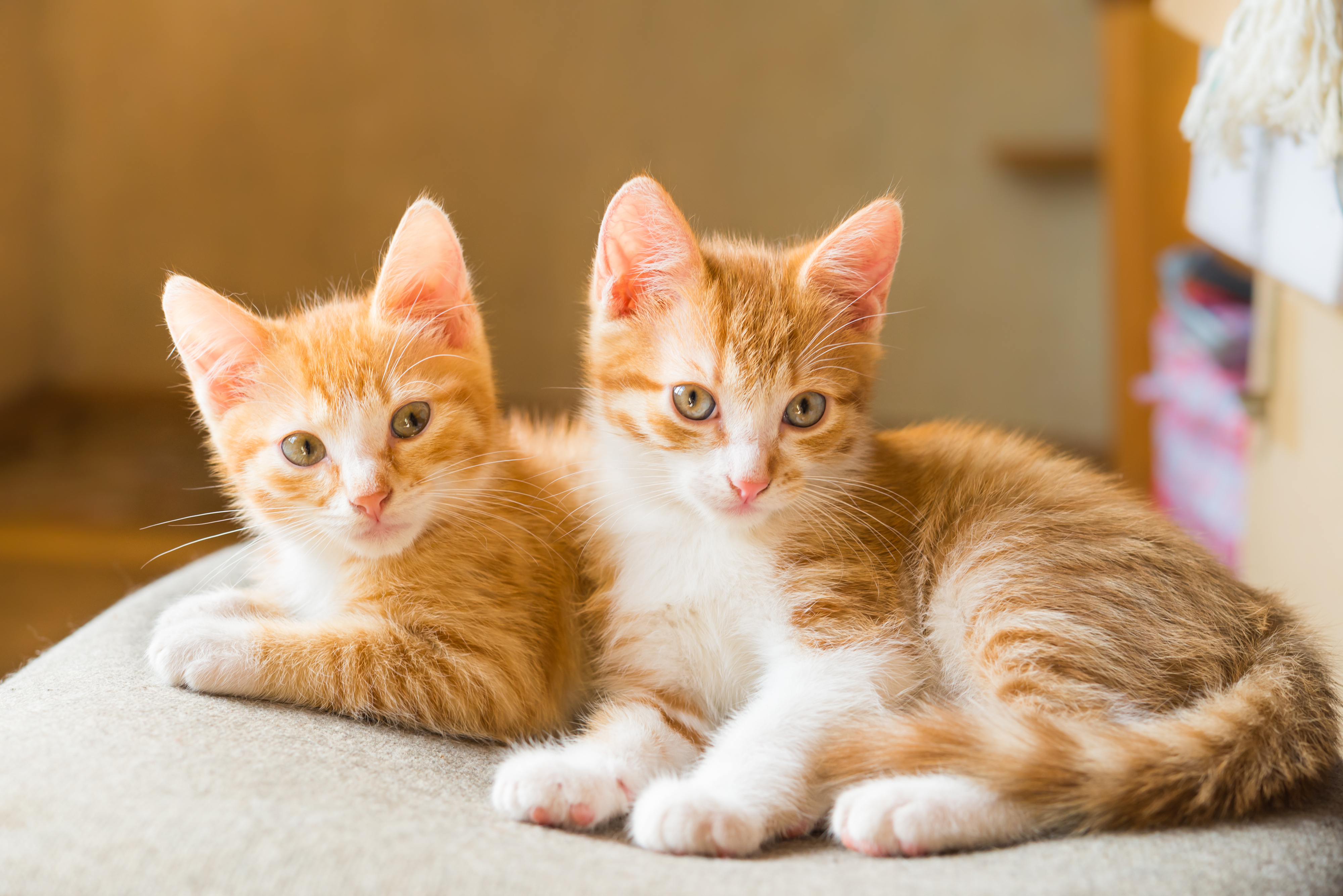Delving into cat litter

Traditionally, cat litter was only needed for kittens, poorly or elderly cats, to provide them with an area to hygienically relieve themselves whilst kept in the home. However, recent ownership of cats has extended to keeping them indoors, rather than allowing them to roam.
Safety reasons for indoor living
The pedigree breeding industry has resulted in felines of specific types becoming fashionable, and demand for these breeds sees owners spending significant sums of money to obtain kittens with detailed breed specifications, whom they wish to protect from outdoor dangers such as:
- being hit by vehicles
- injury from other cats, dogs or predators
- contracting infectious diseases or exposure to parasites
- ingesting poisons
- theft
Cats roaming around the world
Owners in Europe generally allow cats to roam freely, with only 10% in the UK living permanently indoors. However, in the US, where the pet cat population is estimated at around 74 million, indoor living is actively encouraged, as it is in countries such as China (53 million pet cats) and Russia (17 million pet cats), where inner city apartments mean cats simply cannot roam free.
Even in Australia, a recent small survey reported that 92% of their pet cat population is kept indoors (source: Pet Ownership in Australia 2013).
The need for litter
Litter needs to be provided to allow these cats to safely, and happily toilet indoors. Behaviour problems arise if a cat dislikes the toilet substrate (the substance used for the litter box). This can lead to feline urinary disease and other stress-related issues, as well as the cats toileting elsewhere in the home, often in the bath.
The responsibility is very much on retailers to make sure cat customers are provided with the right choices for their litter, while also keeping human customers happy. Each brand of litter will feature many of the following attributes, requiring research into a range that meets most demands.
Litter types and customer advice
Dust-free litter types: these include ‘natural’ litters made from grasses, with a sand-like texture that clumps together.
Quick-absorbing: microporous litter types, such as those made with whole-kernel corn, mean that liquids are quickly absorbed. Dehydrating crystal litter types claim that all urine is absorbed, meaning that only faeces need be scooped.
No tracking/sticking to paws: owners do not want litter dust trodden all over the house, nor do cats enjoy it sticking to their paws, which can occur with sand or earthen types of litter. Wooden (pine) or walnut shells are sold in pelleted form, which helps.
Clumping: popular with humans, the litter clumps and sticks together when wetted, meaning that it is very easy to remove when cleaning the litter tray. Many litter types provide this feature.
Low odour: odours can quickly permeate an apartment. In addition, within a short time the litter can smell stale due to residue. Low-odour litters may or may not suit the cat’s acute senses.
Natural: chemical and additive free. Natural paper litters are often recommended as a natural alternative, free from synthetic scents which can be aversive to the sensitive feline nose.
Scented: whilst synthetic or perfumed litters may suit owners, for a cat this can be unpleasant. Some litters contain herbs, designed to attract the cat.
Lightweight: owners have to transport cat litter with their regular shopping. In addition, the cost of shipping and delivery for litters means that the prices reflect this. But customers may not appreciate lightweight litter being scattered far and wide around the floor as the cat digs to cover their eliminations.
Low volume: an advantage for trade and transport, less to carry usually means lower cost, but some cats prefer a voluminous and substantial substrate, since they would naturally toilet in soil.
Eco friendly: as well as the natural litter types described above, wooden and paper litters made from reclaimed fallen timber appeal to owners.
Ask customers what their cat likes and encourage them to try different litter types until the cat is happy. As every cat owner knows, ultimately, the cat is the customer.
